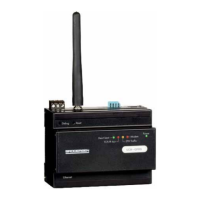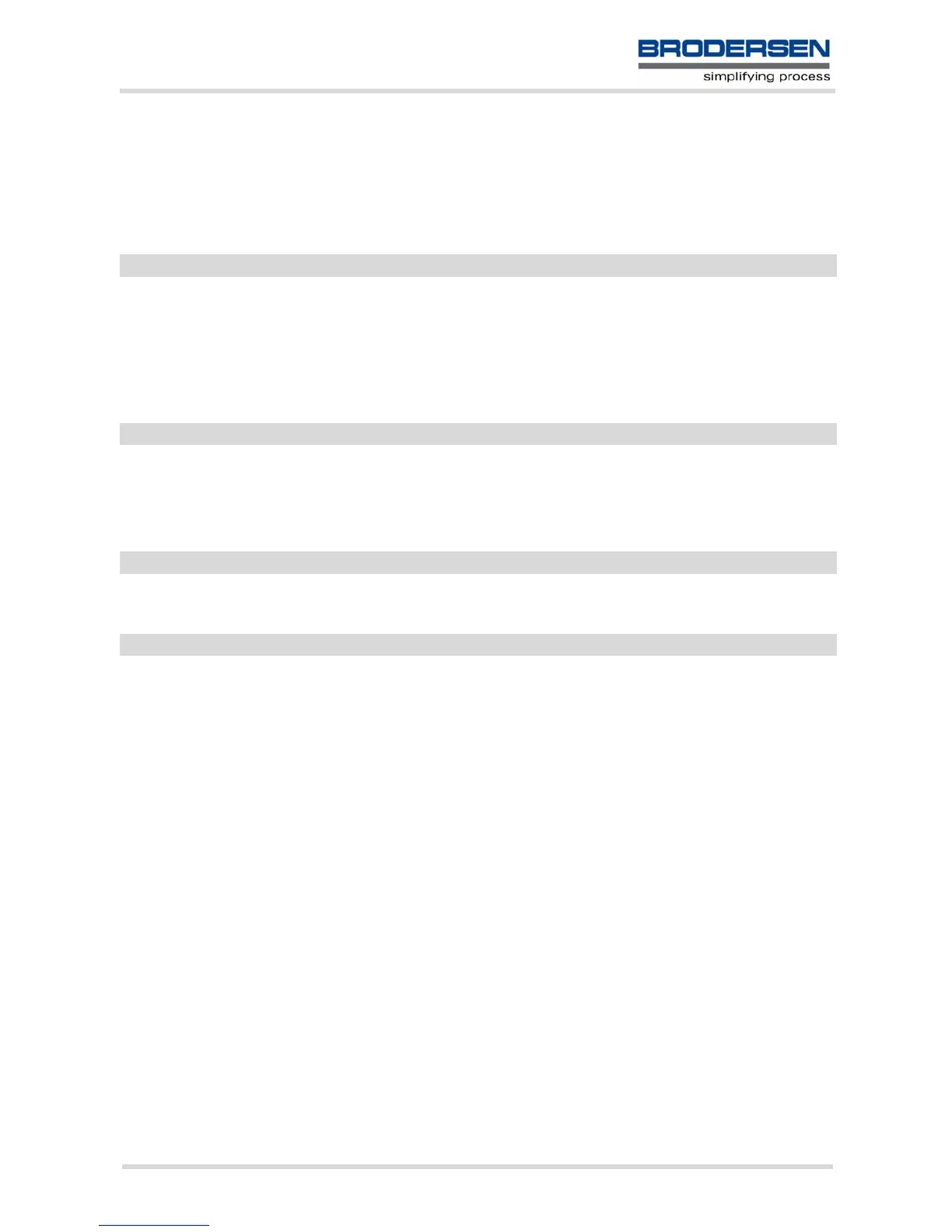MC55_ATC_V04.00 Page 350 of 475 3/17/06
Confidential / Released
2 SMS-DELIVERs, except class 2 messages and messages in the message
waiting indication group (store message) are routed directly to the TE using
unsolicited result code:
3 Class 3 SMS-DELIVERs are routed directly to the TE using unsolicited result
codes defined in <mt>=2. Messages of other data coding schemes result in
indication as defined in <mt>=1.
Rules for storing received CBMs depend on the relevant data coding method (refer to GSM 03.38), the setting
of Select CBM Types (AT+CSCB) and this value:
[0]
(&F)
No CBM indications are routed to the TE.
2 New CBMs are routed directly to the TE using unsolicited result code:
3 Class 3 CBMs are routed directly to TE using unsolicited result codes defined
in <bm>=2.
[0]
(&F)
No SMS-STATUS-REPORTs are routed to the TE.
1 SMS-STATUS-REPORTs are routed to the TE using unsolicited result code:
2 If SMS-STATUS-REPORT is routed into ME/TA, indication of the memory
location is routed to the TE using unsolicited result code:
[1]
(&F)
TA buffer of unsolicited result codes defined within this command is cleared
when <mode> changes from 0 to 1...3.
Integer type; value in the range of location numbers supported by the associated memory
Notes
• Parameters <mt>=2,3 and <ds>=1 are only available with GSM phase 2+ (see AT+CSMS=1). Incoming SMs
or Status Reports have to be acknowledged with AT+CNMA=0 when using these phase 2+ parameters.
• Requirements specific to Multiplex mode:
In multiplex mode (AT+CMUX=0) only one channel can use a phase 2+ parameter. The parameter for <mt>
and <ds> on the other channels have to be set to zero. If either a SM or a Status Report is not acknowledged,
all AT+CNMI parameter in all channels will be set to zero.
• If the ME operates on different instances (MUX channels 1, 2, 3 or ASC0/ASC1) avoid different settings for
routing and indicating short messages. For example, if messages shall be routed directly to one instance of
the TE (set with AT+CNMI, AT^SSDA), it is not possible to activate the presentation of URCs with AT+CMER
or AT+CNMI on another instance. Any attempt to activate settings that conflict with existing settings on
another interface, will result in CME ERROR, or accordingly CMS ERROR.
• Handling of Class 0 short messages:
If the host application is provided with a display and AT^SSDA=1 has been set Class 0 short messages can
be displayed immediately.
If the host application does not include a display, ME handles Class 0 short messages as though there was
no message class, i.e. it will ignore bits 0 and 1 in the <dcs> and normal rules for exceeded memory capacity
shall apply. This approach is compliant with GSM 03.38 .
• The parameters <ra> and <tora> will only be displayed if <ra> of the AT^SSCONF command is set to 1.
• If either a SM or a Status Report is not acknowledged, all AT+CNMI parameter in all channels will be set to
zero.
<bm>
(num)(&W)(&V)
<ds>
(num)(&W)(&V)
<bfr>
(num)(&V)
<index>
(num)

